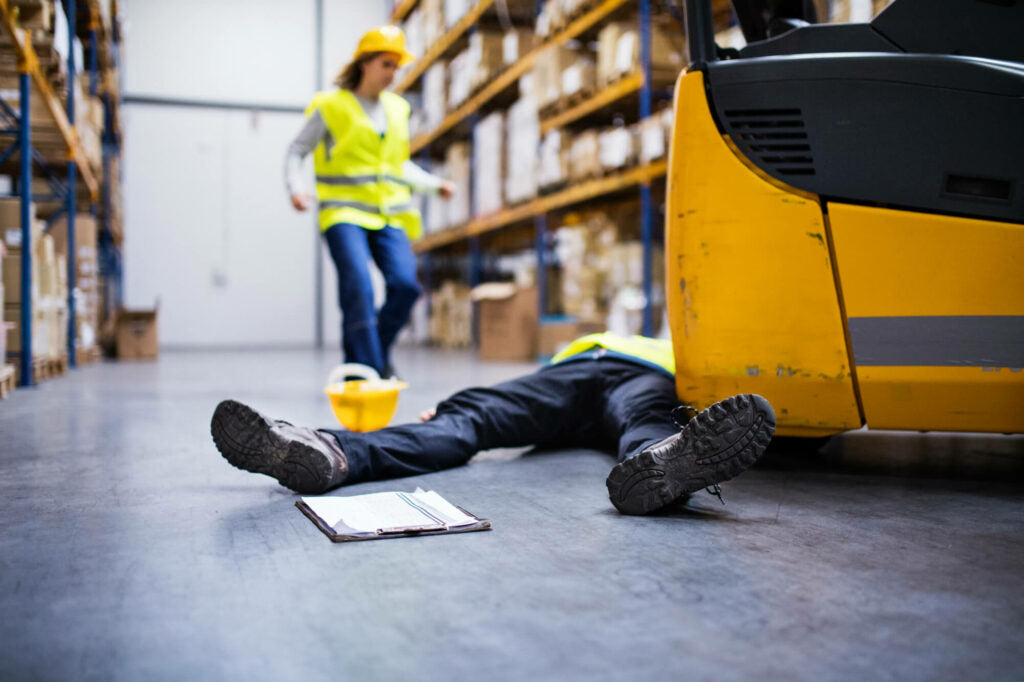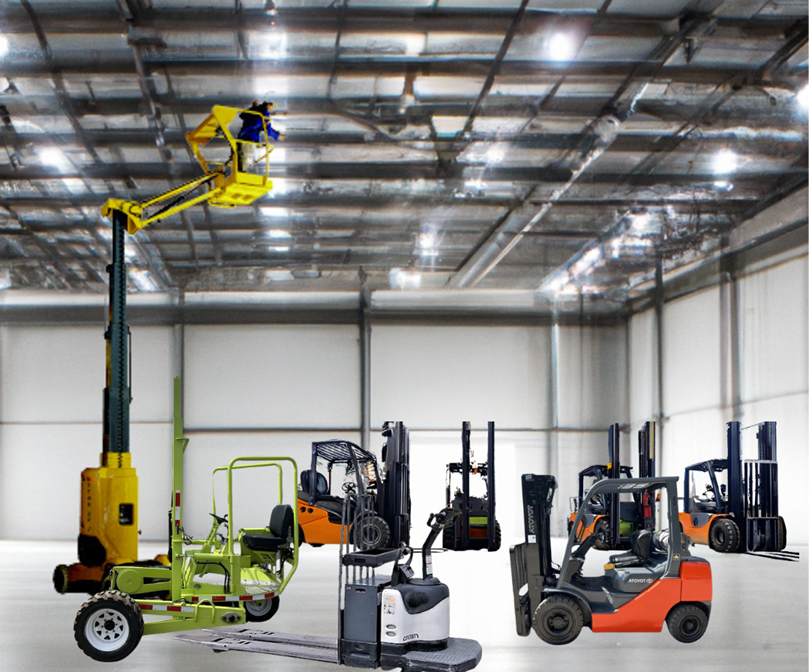Forklift-related accidents continue to be a serious concern in warehouses and industrial spaces. Every year, forklift incidents cause an estimated 35,000 serious injuries and nearly 100 fatalities in the U.S. alone. Despite strict regulations, many companies still fail to implement adequate safety measures, putting employees at risk. Recent legal actions against major companies serve as a stark reminder that safety cannot be an afterthought.
The Cost of Negligence: Lawsuits and Penalties
A recent case in Australia highlights the dangers of ignoring forklift safety. Bowen & Pomeroy Pty Ltd, a timber company, was penalized $275,000 after a forklift-related incident. Instead of fighting the ruling, the company agreed to an enforceable undertaking—a legally binding commitment to implement safety improvements.
One of the biggest changes? The introduction of human sensing technology, a system designed to detect pedestrians near forklifts and prevent collisions.
“The enforceable undertaking includes funding a pedestrian sensing system for its forklifts and developing educational safety materials to prevent future incidents.” – Herald Sun
This case is a wake-up call for warehouse operators: If proper forklift safety measures are not in place, your company could face serious financial and legal consequences. More importantly, you could be putting lives at risk.
The Role of Human Sensing Systems in Warehouse Safety
One of the most effective ways to improve warehouse safety is the implementation of human sensing systems. These AI-driven systems use sensors, cameras, and RFID technology to detect people in close proximity to forklifts.
When a pedestrian enters a forklift’s danger zone, the system can:
- ✅ Trigger real-time alerts for both the operator and pedestrian
- ✅ Automatically slow down or stop the forklift
- ✅ Enhance operator awareness, reducing blind spot accidents
- ✅ Work in tandem with warehouse management systems
Companies like Bowen & Pomeroy are now making human sensing systems a mandatory part of their safety protocols—a clear sign that this technology is no longer optional for warehouses looking to prevent accidents.
5 Ways to Improve Forklift and Pedestrian Safety in the Warehouse
For companies looking to prevent accidents and avoid costly legal troubles, here are five training-focused safety measures:
1. Implement Forklift Safety Training
Forklift safety starts with proper training. Operators should be certified and regularly tested on safety protocols, including:
- Recognizing blind spots
- Safe speeds in pedestrian areas
- Proper handling of loads
- Emergency stop procedures
Regular refresher courses help ensure that operators stay sharp and avoid bad habits.
For businesses looking to certify their employees, check out our Forklift Training and Certification Program.
2. Train Pedestrians on Forklift Awareness
It’s not just forklift operators who need training—pedestrians in the workplace should also receive safety instruction. Employees working in high-traffic areas should be trained to:
- Understand forklift right-of-way rules
- Recognize forklift blind spots
- Establish pedestrian-only zones to keep foot traffic away from forklifts
A well-trained workforce is a safe workforce.
3. Use Human Sensing and Pedestrian Detection Technology
AI-driven human sensing systems provide an extra layer of safety by detecting pedestrians and alerting operators before accidents happen.
4. Conduct Routine Safety Drills and Evaluations
Safety drills ensure that both operators and pedestrians know how to respond to potential forklift hazards. Warehouses should regularly evaluate:
- Operator reaction times
- Emergency response plans
- Pedestrian compliance with designated zones
Frequent, surprise evaluations keep employees engaged and safety-conscious.
5. Offer On-Site Forklift Training and Certification
For businesses serious about safety, on-site forklift training is the best investment. Bringing in professional trainers to certify operators and refresh their skills ensures compliance with OSHA standards and significantly reduces accident risks.
The Bottom Line: Training is the Key to Forklift Safety
Investing in forklift safety isn’t just about avoiding fines—it’s about protecting lives. Companies that prioritize training, certification, and modern safety technology will not only reduce accidents but also improve efficiency and compliance.
⏳ Don’t wait for an accident to expose safety gaps—take action today! ⏳
✅ AAA Forklifts offers expert-led, OSHA-compliant training designed to keep your workplace safe.
📍 Contact AAA Forklifts today!
📞 Florida: (407) 695-4387
📞 North Carolina: (919) 925-2217
© AAA Forklifts 2025. All Rights Reserved.




Leave a comment
This site is protected by hCaptcha and the hCaptcha Privacy Policy and Terms of Service apply.